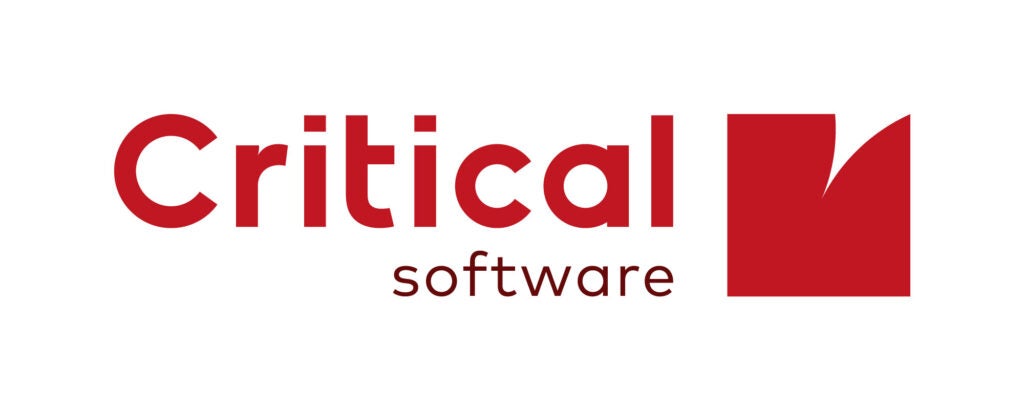The United Kingdom left the European Union in January, entering a transition period lasting until the end of the year.
During this period, the UK remains subject to EU arrangements, as both sides work on negotiating a new deal that sets the terms of their future relationship. What will be the impact of this process on the medical devices industry? Will the Medical Devices Regulation (MDR) still be applicable in the UK?
The details at this time are very sketchy and could change throughout the year because of the negotiations between the UK and the EU. Nevertheless, this article tries to provide some insight on how things stand right now and what might lie ahead.
What Will Be the Impact of Brexit on the Medical Devices Industry?
This is the million-dollar question! In theory, the impact on medical devices should be similar to any other industrial product. There is no question that Brexit could carry significant implications for the UK and European healthcare and trade. These implications will depend on the eventual trade deal, which is still being negotiated. But a likely outcome is an increase in costs for UK and EU manufacturers wanting to export their products.
What Changes for Imported Devices?
One of the most probable changes relates to imported medical devices. According to EU laws, by leaving the European Union, the UK is considered a third country. Therefore, if UK manufacturers want to export their medical devices to the EU-27 market, they will need an importer and a “Responsible Person” appointed within the EU-27.
Medical device manufacturers operating outside the UK (and outside the EU-27) that previously appointed an importer and a “Responsible Person” inside the UK will need to appoint new ones inside the EU-27 if they wish to continue to trade with EU countries.
Higher Stakes for Notified Bodies
Another possible consequence of Brexit is that Notified Bodies based in the UK will no longer be valid because, as per EU laws, these need to be established in a member state. The pressure is high – there is already a low number of Notified Bodies dealing with an increase in the number of medical devices that need to be certified. This increase in demand has been caused by the new MDR, as more medical devices fall under a class where a Notified Body is needed to issue a certificate.
Medical devices already on the market and that was certified by a UK Notified Body will need a new certificate, one issued by a Notified Body within the EU-27. This can be done in two ways: either by applying for a new certificate with this new Notified Body, performing a completely new certification process, or applying for a certification transfer between Notified Bodies. This second option can involve a negotiation process between both Notified Bodies and the manufacturer. During this process, new documentation, tests or third-party validations might be needed – and Critical Software can help manufacturers navigate this stage.
Once the certification process has been successfully completed, manufacturers can add a CE mark to their medical device and place the product in both markets. For an EU-27 manufacturer to continue to sell their medical devices in the UK, the process may be the same but in reverse. Devices sold in the UK will also need to be registered with the MHRA (Medicines & Healthcare Regulatory Agency). It is assumed that the UK will not impose any other directives on medical devices, other than the MDR.
Back to the MDD?
Following the transition period, the MDR may not be applicable in the UK, at least in the immediate post-Brexit future. Years ago, the Medical Device Directive (MDD) was transposed to UK law, obliging medical devices manufactures to comply with it. The same hasn’t been done with the MDR yet, but the MHRA previously stated that the plan is to implement the MDR by transposing it to UK law. The trade deal may also define the use of MDR in the UK.
This decision will have a direct impact on medical device manufacturers, including those in a later stage of developing new products and involved in clinical trials. If the MDR becomes applicable in the UK, a transition period can probably be expected, similar to what has taken place with other EU countries.
If that’s not the case, small and medium-sized manufacturers who do not export to the EU could be advantaged, as they would avoid needing to spend the additional time and resources on re-categorise medical devices based on the new classifications outlined in the MDR.
An Opportunity for Innovation?
The MDR’s goal is to promote transparency in the industry and to create better regulation of medical devices that incorporate software. Although it aims to improve healthcare and safety, the MDR is sometimes accused of being an obstacle to innovation, due to demanding requirements and the pressure it places on Notified Bodies. If the UK does not adopt the MDR or provide an equivalent, there would be an open question about whether manufacturers would have greater freedom to innovate or whether legitimate concerns over the safety and quality of devices would instead be raised.
While the extent of the impact of Brexit is still uncertain, it is safe to say that it will impact the medical devices sector, especially manufacturers based in the UK. From new certification requirements and having to comply with different rules, to finding new EU-27 based “Responsible People” for imports into the EU, there are many challenges that will need to be addressed.
For more information, please fill out the enquiry form attached to this page.

